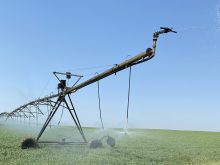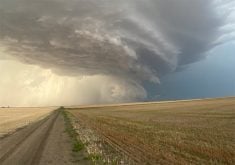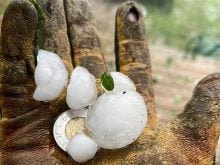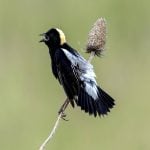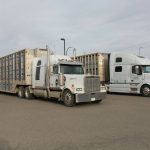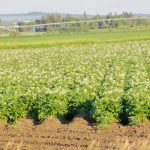Contrary to reports, Canadian growers will be halving, not doubling, hard white wheat acreage in 2006 due to agronomic problems with the dominant variety.
It is a significant setback for a promising new class of wheat desirable for its ability to produce better quality noodles and steamed breads.
Canada was winning the hard white wheat battle with its closest rival the United States, with 950,000 acres seeded in 2005 compared to 825,000 acres in the U.S.
While growth had stalled south of the border, it had doubled in Canada and part way through the 2005 growing season Canadian Wheat Board officials were confident it would double again in 2006.
Read Also
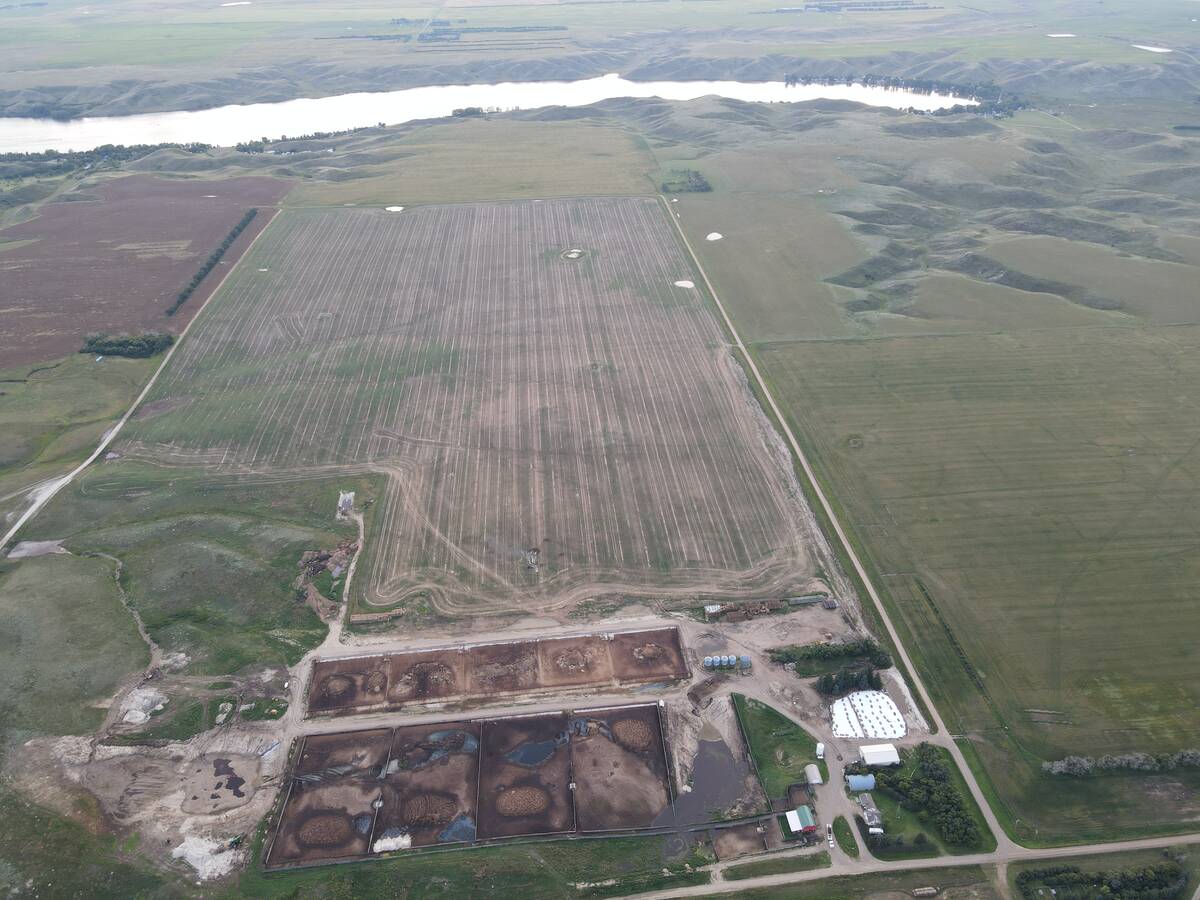
Saskatchewan RM declines feedlot application, cites bylaws
Already facing some community pushback, a proposed 2,000-head cattle feedlot south of Swift Current, Sask., has been rejected for a municipal permit, partly over zoning concerns about the minimum distance from a residence.
“Initially we thought, ‘open the floodgates. Let’s go.’ Now, after a couple of poor years, we’re saying, ‘let’s rein in the horses here and slow it down from a gallop to a trot,’ ” said Graham Worden, senior manager of product development with the wheat board.
In earlier reports, delivered in a
Feb. 4 speech to the North American Grain Congress in San Antonio, Texas, the chair of U.S. Wheat Associates’ hard white wheat committee said Canadian growers were poised to seed 2.1 to 2.4 million acres of the crop.
“The production has escalated much faster in Canada than it has in the United States, much to my chagrin,” said Ron Stoddard.
Worden said Stoddard must have based his estimate on a conversation that took place before the 2005 harvest results were in, when the wheat board was still “strongly positive” about the new class of wheat.
He said hard white wheat plantings in Canada are actually set to tumble to around 500,000 acres from 950,000 acres in 2005.
“We’re reasonably positive about the future of the class, but it’s just that we’re saddled with a variety that has not performed well when the environment isn’t co-operative,” he said.
Snowbird, a variety that comprised 96 percent of Canada’s 2005 hard white wheat acreage, failed under wet conditions.
While it provided farmers with decent yields, there were a range of quality problems, including low protein levels, poor milling characteristics and disease damage.
“We’re in a situation this year where not only do we not get a (price) premium but we actually have to discount it to get some buyers to buy it because they don’t see any advantage at all over hard red spring wheat,” said Worden.
The CWB has informed its business partners, Patterson Grain Ltd. and FarmPure Seeds, that it will guarantee delivery for only 300,000 acres of No. 1 and No. 2 hard white wheat that meet certain quality specifications. Worden expects it will take 500,000 acres of total production to meet that objective.
Stoddard could not be reached for comment, but Justin Gilpin, another member of U.S. Wheat’s hard white wheat committee, said he was not totally shocked by the about-face in the Canadian acreage forecast.
“Any setback in hard white is definitely not coming out of the blue. We’ve definitely had our share of them in the U.S.,” said Gilpin.
But he said the reduced competition could be good news for American growers.
“Maybe that means there’s going to be some more opportunities for U.S. hard white.”
American growers are also getting relief on another front. A new wave of varieties that started in 2005 and will continue in 2006 should help deal with chronic sprouting and rust problems.
The better-performing lines have largely prevented what was expected to be a steep decline in U.S. acreage in 2006 due to the expiration of a federal government incentive program.
Canada doesn’t have much to rely on in terms of alternative varieties. Kanata is the only other one available to farmers.
It is an earlier maturing line that has a slight yield disadvantage compared to Snowbird. Worden expects 50,000 to 60,000 acres of Kanata will be seeded in 2006, which means Snowbird will still account for about 90 percent of total acreage.
There are a few new varieties in the system but they are a few years away from commercialization.
While 2006 will be a year to retrench a new class of wheat that had “taken off like gangbusters,” that does not mean the board has lost confidence in hard white wheat.
“We don’t want to give the message that this class is dead,” said Worden.






